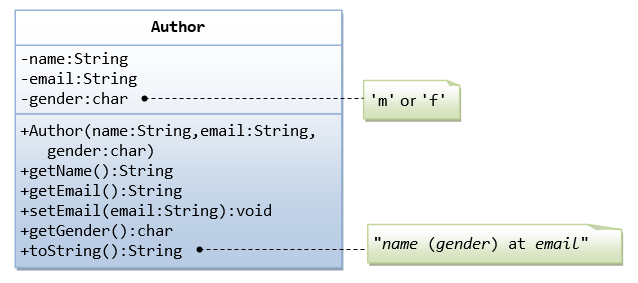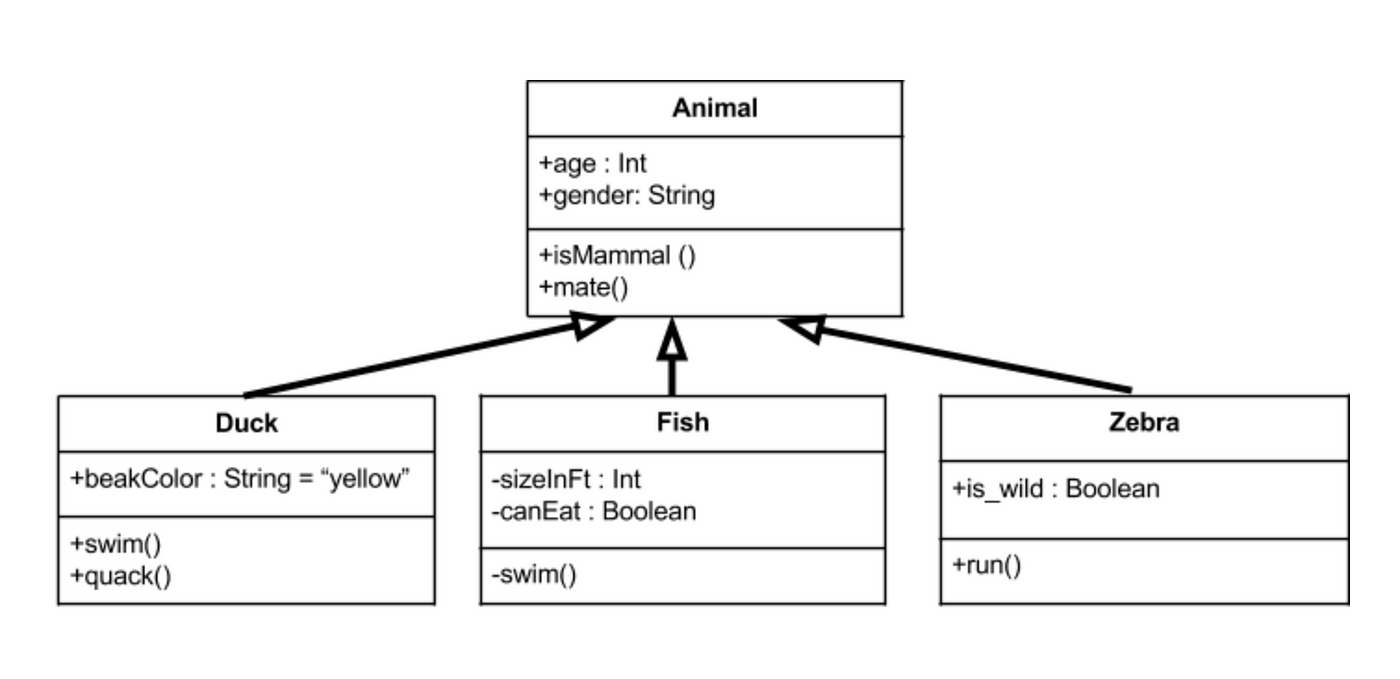

- #How to make a grade book with java and uml editor how to
- #How to make a grade book with java and uml editor manual
- #How to make a grade book with java and uml editor code
Logging in Java with the JDK 1.4 logging API and Apache Log4j by Overall, I found this book educational, interesting, and quite enjoyable to read. Some may not like that the complete source is in-line with the text, but this is subjective. Examples in Java clearly demonstrate the topics covered. The author conveys his excitement for the subject in an easy-to-read, easy-to-understand manner. The remainder of the book covers iterative computations, matrix operations, and several "fun" topics, including fractals and random number generation. Along the way the reader learns the details of how Java represents numbers and why good math goes bad.
#How to make a grade book with java and uml editor how to
Mak does a fine job explaining in simple terms the pitfalls of even routine integer and floating-point calculations, and how to mitigate these problems. The first three chapters are amazingly useful, and worth the price of admission alone. This book is an introduction to numerical computing using Java providing "non-theoretical explanations of practical numerical algorithms." While this sounds like heady stuff, freshman level calculus should be sufficient to get the most out of this text. Luckily, "Java Number Cruncher" comes to the rescue. As many of us are neither mathematicians nor intimately familiar with the bit gymnastics our machines must perform in order to manipulate numbers, we can get ourselves into trouble if we're not careful.
#How to make a grade book with java and uml editor code
Java Number Cruncher: The Java Programmer's Guide to Numerical Computing byĪt one time or another, most of us will likely have to write code performing some amount of numerical computation beyond simple integer arithmetic. If you are planning on teaching a Java course and you are looking for a textbook this book would make a good choice.
#How to make a grade book with java and uml editor manual
A lab manual for this book is also available (release date, July 1, 2003). Each chapter has well thought out exercises but the solutions must be purchased separately. This book was written as a college textbook and it has a college textbook "feel". In addition, there is a natural flow from topic to topic. It is almost impossible to turn a page and not find either code samples or a diagram. All this information can be overwhelming but the authors use extensive, well commented color coded program samples to explain each topic.

There's enough information in this book for at least two semesters of Java. The book covers virtually everything in J2SE, gives a good primer on object oriented programming, covers design patterns and UML, and even gives an introduction to server side development. Overall, the book is as complete as you would want in an introduction to Java. The book has been cleaned up with redundancy removed in order to keep it around 1500 pages. The chapter on object oriented programming and polymorphism has been rewritten and expanded into two chapters. In addition, chapters on JDBC, Servlets, and JSP have been added. This new edition has been updated for Java 1.4 with, among other topics, coverage of regular expression and NIO. Once again, Deitel has published a very impressive book. The book gets a rating of 8, heck everything you want is there, but I'm afraid I can't give the Cyber part more than a 6, which makes a 7 average.


The CD is a constant companion in my briefcase now, it weighs much less than the book I promise you, and I get a lot of joy out of this easy way finding Java knowledge, and for that alone I advise you to get the Cyber version of this fantastic book, if you have the extra money. What I found fantastic was the fact that the complete book, Java How to Program, was available in electronic searchable format. Good points for me were the electronic Assessment exams but I wish they did the same for Self Review exercises. In general, I found the audio parts boring and of very little added value. When I asked to review their Multimedia Cyber Classroom, I wanted to see if it would help me work through the whole book, because I honestly feel that if I could manage to do that, I will become a much better Java programmer. I can t remember the time they let me down when I needed help. I mostly grab their books when I need to know how something is done. I've always been a fan of Deitel books but I have always found them heavy going to read from cover to cover. Reviewed by Johannes de Jong, February 2003 Your search returned 330 matching documents


 0 kommentar(er)
0 kommentar(er)
